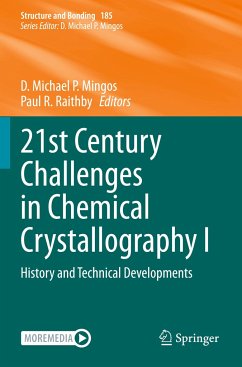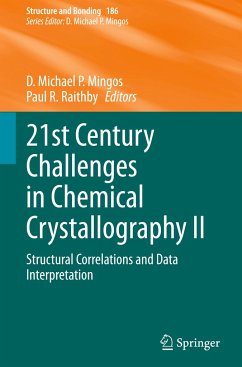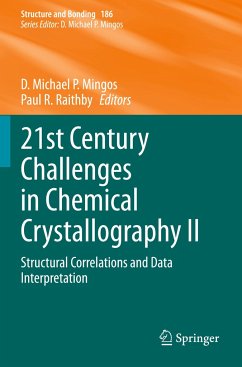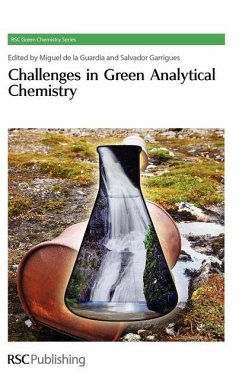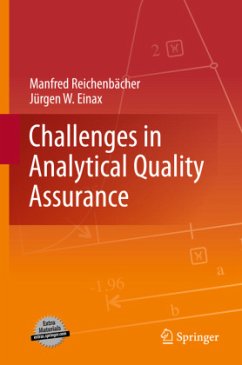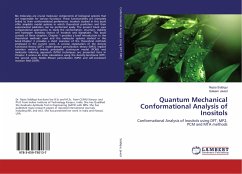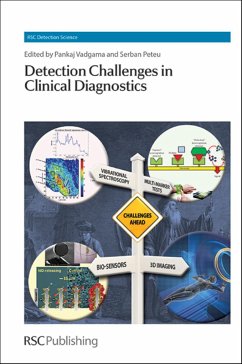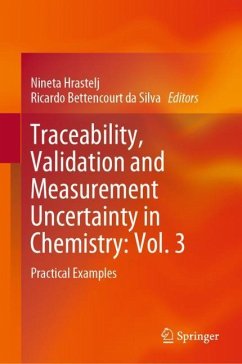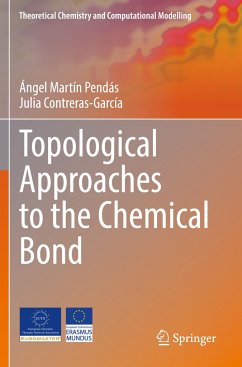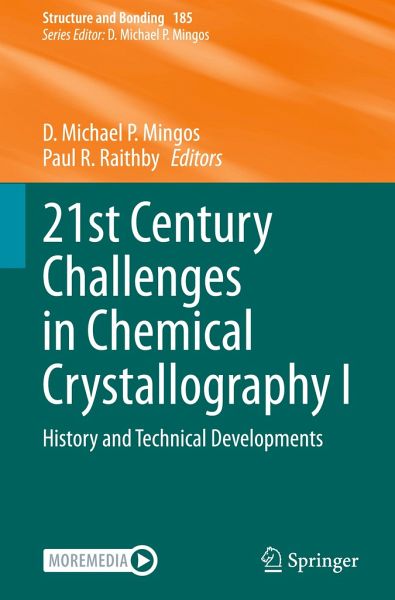
21st Century Challenges in Chemical Crystallography I
History and Technical Developments
Herausgegeben: Mingos, D. Michael P.; Raithby, Paul R.

PAYBACK Punkte
113 °P sammeln!
This volume summarises recent developments and possible future directions for small molecule X-ray crystallography. It reviews specific areas of crystallography which are rapidly developing and places them in a historical context. The interdisciplinary nature of the technique is emphasised throughout. It introduces and describes the chemical crystallographic and synchrotron facilities which have been at the cutting edge of the subject in recent decades. The introduction of new computer-based algorithms has proved to be very influential and stimulated and accelerated the growth of new areas of ...
This volume summarises recent developments and possible future directions for small molecule X-ray crystallography. It reviews specific areas of crystallography which are rapidly developing and places them in a historical context. The interdisciplinary nature of the technique is emphasised throughout. It introduces and describes the chemical crystallographic and synchrotron facilities which have been at the cutting edge of the subject in recent decades. The introduction of new computer-based algorithms has proved to be very influential and stimulated and accelerated the growth of new areas of science. The challenges which will arise from the acquisition of ever larger databases are considered and the potential impact of artificial intelligence techniques stressed. Recent advances in the refinement and analysis of X-ray crystal structures are highlighted.
In addition the recent developments in time resolved single crystal X-ray crystallography arediscussed. Recent years have demonstrated how this technique has provided important mechanistic information on solid-state reactions and complements information from traditional spectroscopic measurements. The volume highlights how the prospect of being able to routinely "watch" chemical processes as they occur provides an exciting possibility for the future. Recent advances in X-ray sources and detectors that have also contributed to the possibility of dynamic single-crystal X-ray diffraction methods are presented. The coupling of crystallography and quantum chemical calculations provides detailed information about electron distributions in crystals and has resulted in a more detailed understanding of chemical bonding.
The volume will be of interest to chemists and crystallographers with an interest in the synthesis, characterisation and physical and catalytic properties of solid-state materials. Postgraduate students entering the field will benefit from a historical introductionto the subject and a description of those techniques which are currently used. Since X-ray crystallography is used so widely in modern chemistry it will serve to alert senior chemists to those developments which will become routine in coming decades. It will also be of interest to the broad community of computational chemists who study chemical systems.
In addition the recent developments in time resolved single crystal X-ray crystallography arediscussed. Recent years have demonstrated how this technique has provided important mechanistic information on solid-state reactions and complements information from traditional spectroscopic measurements. The volume highlights how the prospect of being able to routinely "watch" chemical processes as they occur provides an exciting possibility for the future. Recent advances in X-ray sources and detectors that have also contributed to the possibility of dynamic single-crystal X-ray diffraction methods are presented. The coupling of crystallography and quantum chemical calculations provides detailed information about electron distributions in crystals and has resulted in a more detailed understanding of chemical bonding.
The volume will be of interest to chemists and crystallographers with an interest in the synthesis, characterisation and physical and catalytic properties of solid-state materials. Postgraduate students entering the field will benefit from a historical introductionto the subject and a description of those techniques which are currently used. Since X-ray crystallography is used so widely in modern chemistry it will serve to alert senior chemists to those developments which will become routine in coming decades. It will also be of interest to the broad community of computational chemists who study chemical systems.



